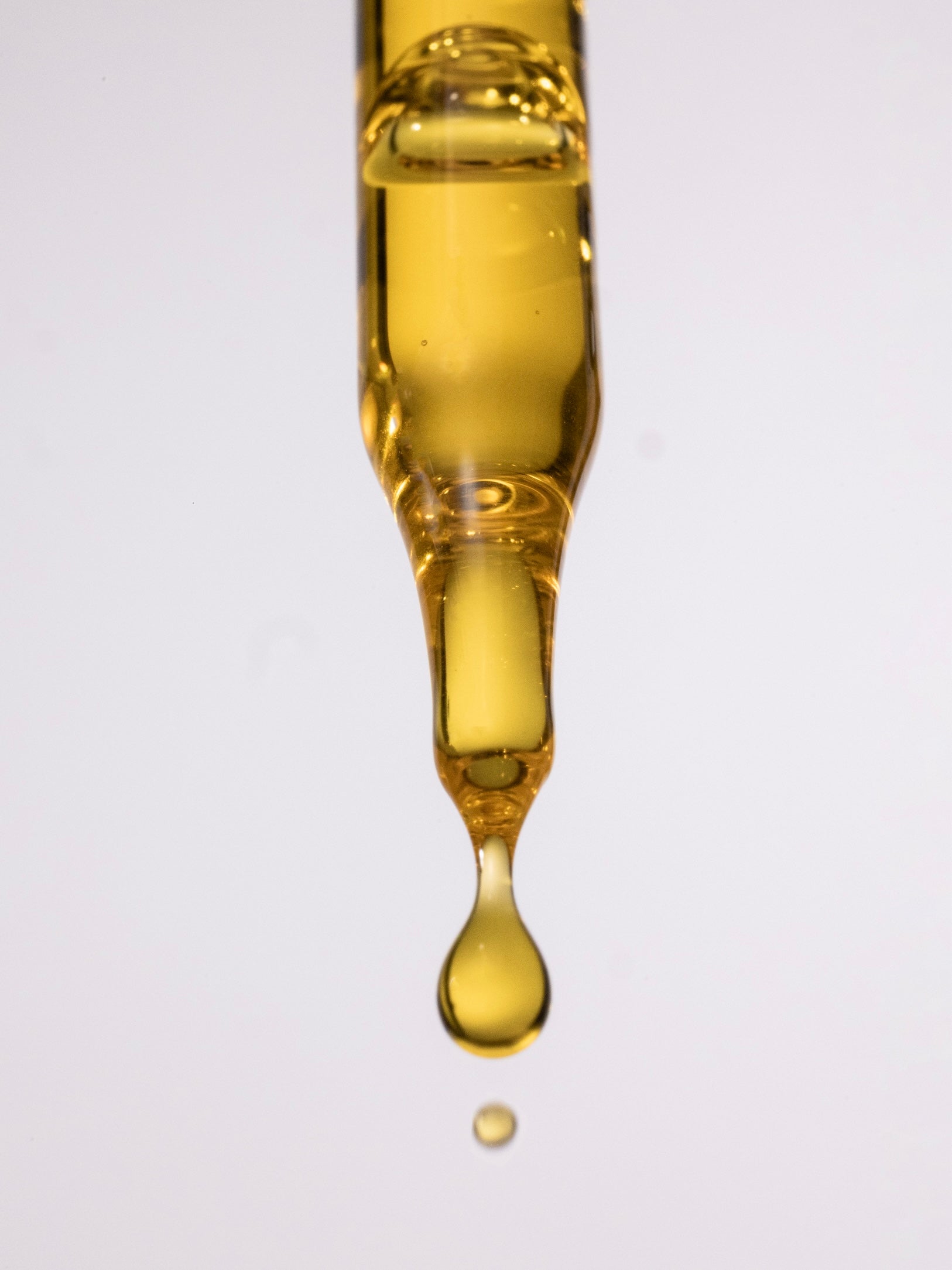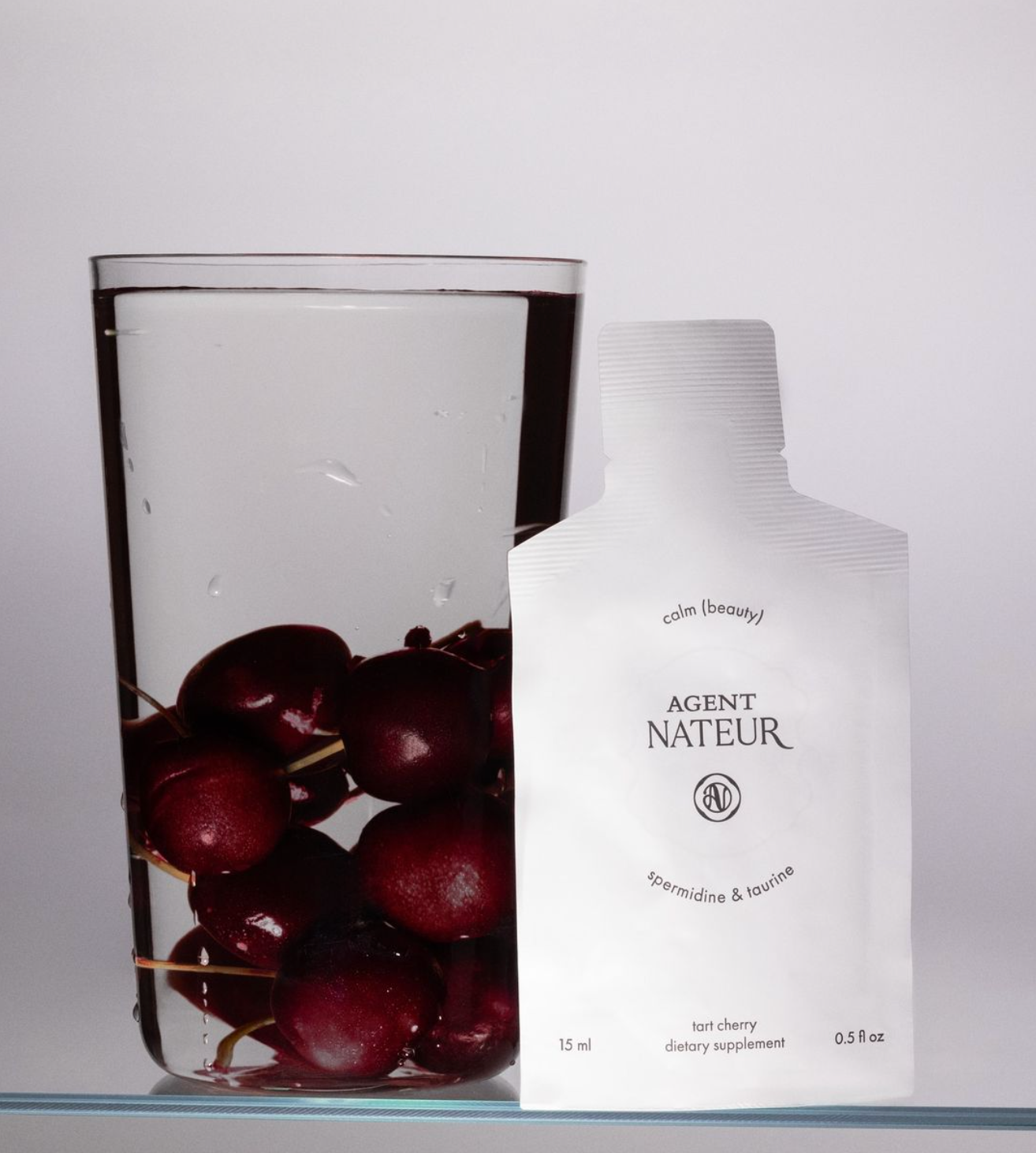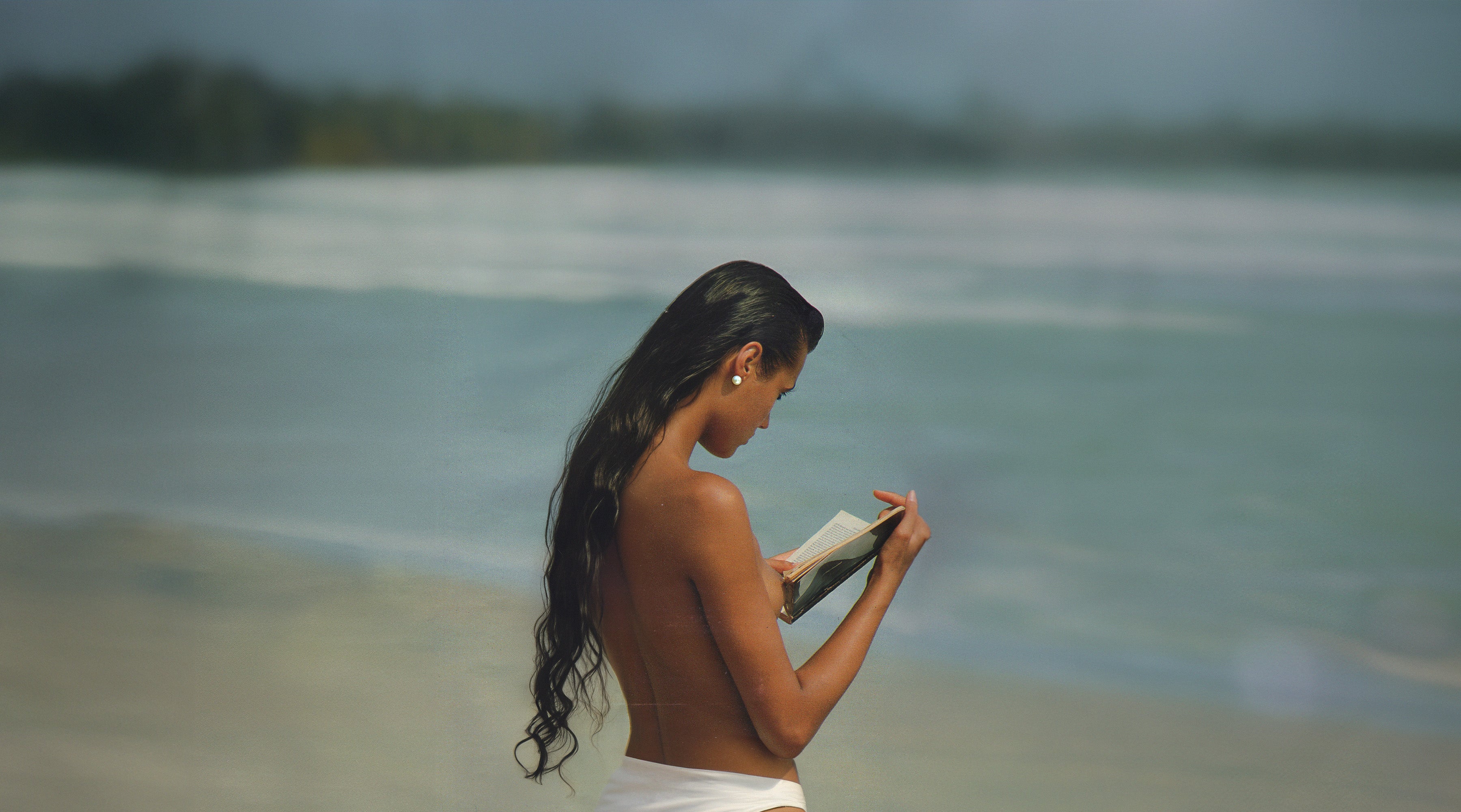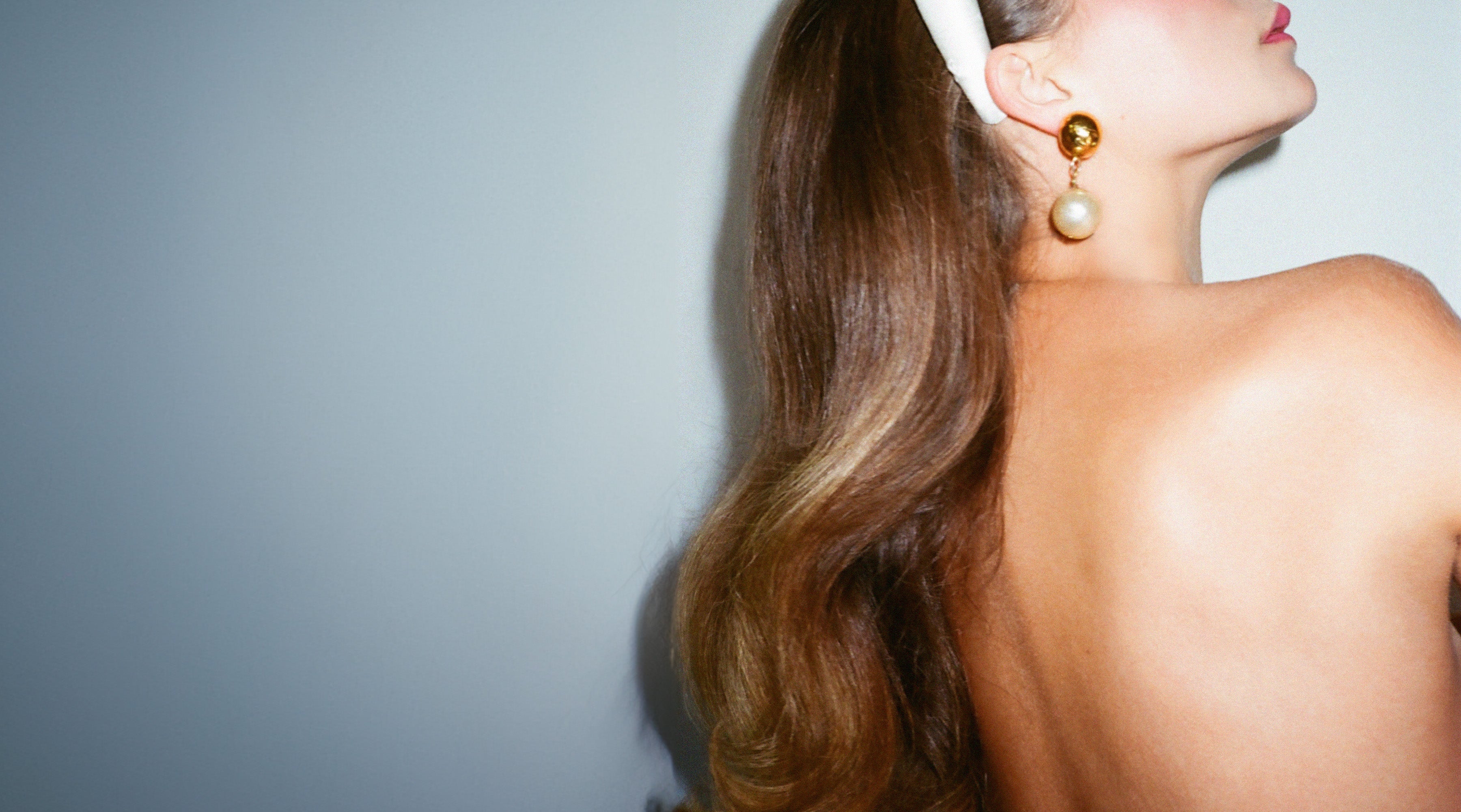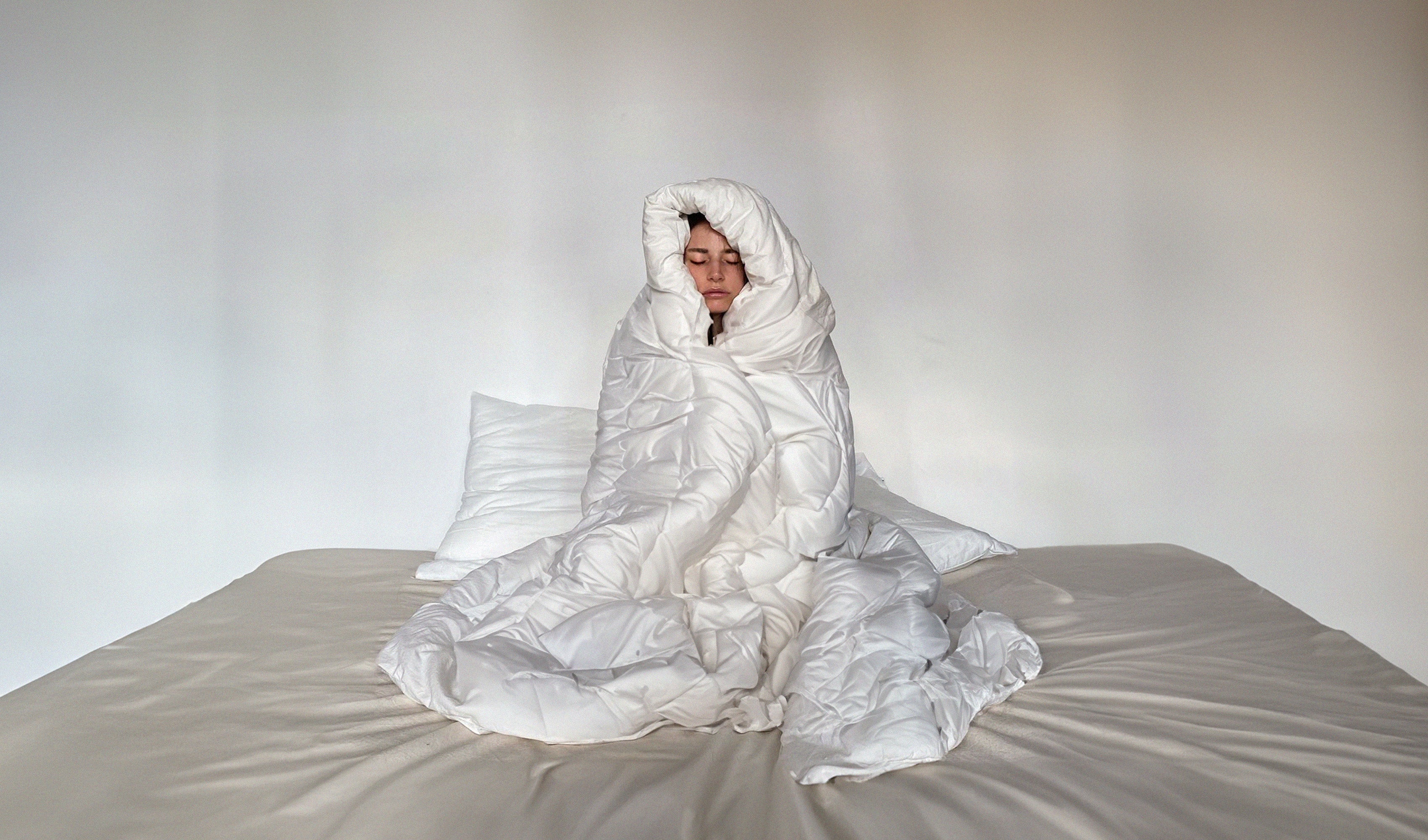Are You Properly Protecting Your Energy? Steve Macari on Qigong
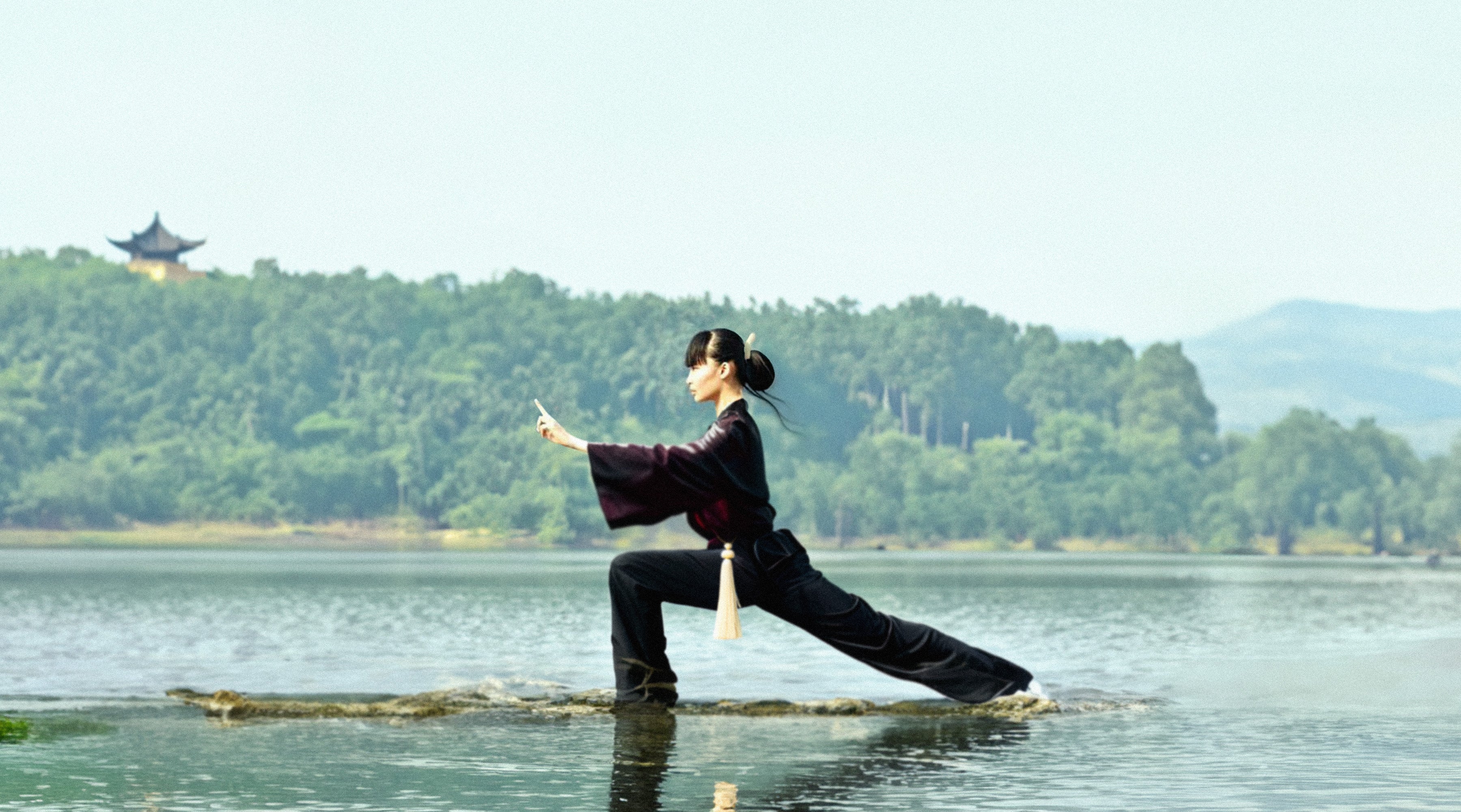
By Kerry Pieri
Qigong is a practice that links breathing, movement, and postures together. The order, certain sounds, and breathing exhibited during the practice are all important. It’s also incredibly ancient. It’s been passed down from master to master over thousands of years, mainly in China, but its lineage can be tied to the traditions of Buddhism and Daoism, and it's most likely been influenced by Indian heritage as well. Overall, its purpose is aiding in energy flow and protection. While protecting your energy has always been important, in our oversaturated cities and overburdened days, it might be more important now than ever. Steve Macari is a reticent social media creator. He started posting his own Qigong practice on Instagram about a year ago and has garnered 100K followers since. He began his health practice at a gym in New York City frequented by Marvel actors and finance professionals, but quickly found that healing came less from what people ate than how they spent their days and more with paying attention to energy flow. He left New York and concentrated on the spiritual aspects of healing. Macari has a deep love and respect for Qigong and regularly shares Qigong forms, as well as Jin Shin Jyutsu and Mudras. Below, he breaks down how to know if your energy is out of balance, how Qigong is like acupuncture, and why everyone can benefit from a daily energy practice.
What are some signs your energy is out of balance?
Really any issue can be linked to these channels being out of balance but a few common issues would be fatigue, anxiety, digestive issues, headaches, hormonal imbalances, emotional imbalances, sleep disorders, issues related to confidence and feeling worthy, issues related to purpose and fulfillment in life. I could go on.
Are there certain issues that point to certain energy channels being out of alignment/blocked?
Digestive issues of any kind will likely indicate that one or more channels is not flowing properly. The most common I have seen in the last few years are the stomach, spleen and gallbladder. The stomach and spleen are connected to the Earth element in Traditional Chinese Medicine and this makes sense since humans appear to be less grounded than ever. Additionally, what is going on in the world in recent years is quite hard to stomach and this will literally impact the stomach and related organs.
How did you initially get into Qigong?
About 12 years ago I completed a high level holistic lifestyle coaching program with a guy named Paul Chek. One of the training modules was Qigong. From then on I started a daily practice.
What is Qigong?
Qigong is an energy practice that originated at least 4000 years ago in China—but possibly with some influence from India. It likely originated as a shamanic practice for healing and warding off evil spirits. On the surface Qigong is a form of mindful movement where you are linking breathing, movement, and certain postures together. This alone will begin to regulate the nervous system and reduce any stress response active in the body. The movements also tend to support optimal mobility in the various joints. On a deeper level, when practicing a Qigong “form” you are working with 12 main energy channels or meridians. These are the same channels utilized in Traditional Chinese medicine, most often experienced in an acupuncture session. These same channels, while often linked to China are utilized by many ancient healing traditions worldwide, so they appear to be universal energy channels. By holding a posture and moving the body in a certain way you can optimize the flow of energy through these energy channels. The form can be further enhanced by visualization techniques and certain healing sounds. Some forms are more broad brush and work a number of channels. Others are more specific and work just one channel. Channels are tied to specific elements. In Traditional Chinese Medicine there are 5 Elements and so by using certain forms you can begin to harmonize your relationship with your environment. This goes even deeper to the emotional and spiritual level, but you get the point.
How is it different from what we see people doing in parks?
I suppose it depends what park, but I think most people tend to think of T’ai Chi which often appears as a series of flowing movements which are strung together. T’ai Chi is actually a full martial art form and one of the three “inner martial arts”. I am not a T’ai Chi practitioner but I tend to think the learning curve is much steeper as you often need to learn how to link sometimes up to 108 forms together in a flowing fashion. With Qigong, you often learn a simple movement/posture and repeat it a set number of times. Often 5 or 9 times. Some people refer to Qigong as the grandfather of T’ai Chi (and the other inner martial arts) as it is actually way older. Interestingly, these martial art forms often use Qigong as a means for energy cultivation. As an example, I have heard from some martial arts practitioners that when engaging in the practice of breaking bricks, the brick breaks before the hand hits it. The energy that was cultivated in the hand does the “work”. This same energy cultivation was used in ancient times to prepare warriors for battle. Interestingly, the same energy cultivation was used to heal. All that needed to be changed was the intent.
How does it help move energy through the body?
A tense body, poor posture, shallow breathing, a racing mind will cause energetic blockages to occur. As we enter a simple standing posture, relax the body, let it sink into the earth, start to slowly perform the movement and link it to our breath, the energy starts to flow. Further, when you calm the mind, you can begin to move the energy in your body consciously. There is a famous saying - where the thought goes, the chi flows.
What do people need to know about energy?
The first is an awareness that the energy channels exist. I would also suggest looking up some diagrams, downloading an app, or even better, get a good book to reference. Very often you can simply look at a picture of an energy channel and it will balance the channel. Many people have told me that watching my Qigong videos causes a similar result. It has nothing to do with me per se, it is that I am working with a specific channel and something in those watching picks up on that. I don’t like to spend much time convincing people that these channels exist, but even modern medicine makes use of the energetic/electrical nature of the body. The electrical activity of the heart is measured with an EKG and the brain with an EEG. The acupuncture meridians are similar and can be measured. Lastly, they should know that when there are blockages in these channels, you will experience health issues on some level, whether it be physical, emotional, mental, or spiritual.
Would you liken it to acupuncture in some ways?
With Qigong you are working with the same energy channels that your acupuncturist is going to work with. Qigong is a great way to keep these channels balanced. That being said, a skilled 5 Element acupuncturist has quite a bit of knowledge about how these channels work and may be very helpful to utilize alongside a Qigong practice.
Tell me about your thoughts on energy protection?
We all know the feeling of being energetically drained after an interaction with another person or group of people. There are energies on other people, energies in certain environments, energies in this reality which can influence you, very often in a negative way. They can impact the energy channels I mentioned above, they can also influence the chakra system and can cause a variety of physical, mental and emotional issues. Energetic hygiene is a daily practice for me. This includes Qigong, spiritual prayer, meditation, mudras, visualization and certain techniques often linked to shamanism. I often refer to this as “shamanizing” and it does not mean you are a shaman, but it gives you a degree of power often found in a classical shaman.
How often do you do Qigong?
I usually practice for about 20-30 minutes each morning. Some days, if there is some imbalance present, I will ramp up my practice to an hour or more, but usually this is not necessary. For example, I was recently traveling overseas. A day of air travel can really zap the system. My first morning back I needed a bit of extra Qigong to bring my system back into balance.
How often do you recommend others do Qigong?
I think that 15-20 minutes a day is all most people need. Consistency is key.
What is Jin Shin Jyutsu?
JSJ is a hands on healing art that originated in Japan. It might be called a form of hands on acupuncture, except that most JSJ flows, as they are called, are self-balancing or adaptogenic. Meaning you can’t really cause an imbalance by doing them, the energy will simply go where it needs to go. This is also how Qigong generally works. Acupuncture on the other hand, if not done properly, can essentially over or under-stimulate a specific channel. It is all about balance. So in JSJ, by using your hands on specific points on your body you can begin to balance these channels.
Tell me about mudras, how do those work?
Mudras as hand gestures or healing gestures are part of almost every ancient healing tradition and even religion. Very often you will see pictures of deities holding a mudra. The founder of Jin Shin Jyutsu, Jiro Murai once stated that the 10 fingers can regulate 14,400 functions in the human body. In my experience, relieving a symptom can be as simple as holding a finger. But there are various ways to stretch, bend and connect the fingers to target specific energy channels and/or imbalances in the body. There is also a more esoteric component to mudras in that simple hand gestures can offer energetic protection and/or invoke certain powers. For example, open your left hand completely and flatten it, make a fist with your right hand and press the knuckles into the palm of your left hand while keeping it flat and open. This is a basic form of energetic protection you can use. It dates back to the ancient and mysterious ninjas of Japan that were popularized by the movie industry. There are hundreds and possibly thousands of mudras you can use for all different purposes, but very often I encourage people to make up their own. Very often we have intuitive knowledge that comes to us from other places/times.
What are the overall benefits of qigong and Mudras?
A balanced mind, body and spirit.
You previously worked with clients on health and diet, why do you think this work is even more impactful?
For a number of years, I was living quite “holistically” - eating a healthy and balanced diet, reducing toxins in my life, moving my body, meditating, and even engaging in deep inner work. Despite all of this I was not thriving. The missing piece for me was engaging in energetic balancing techniques.
